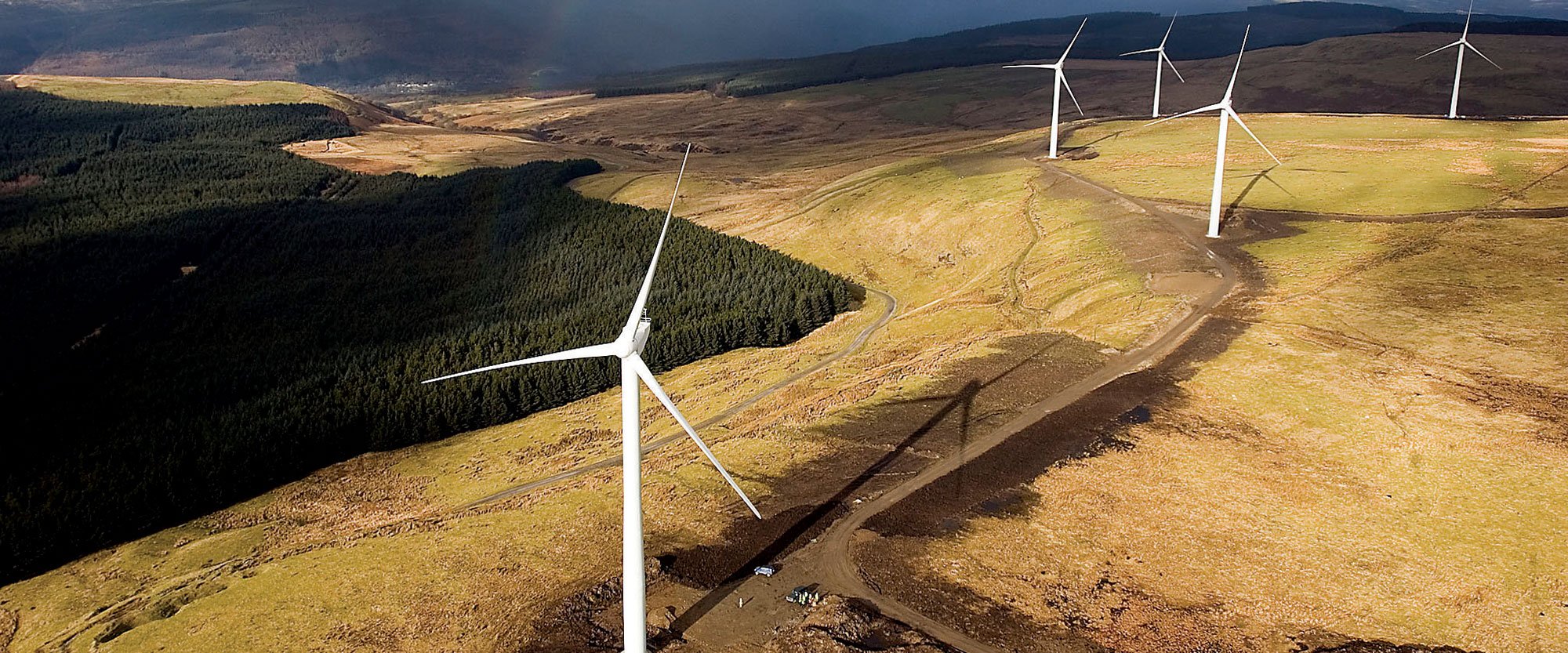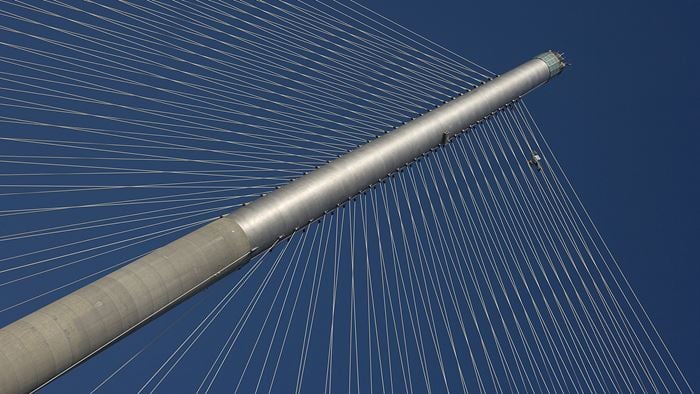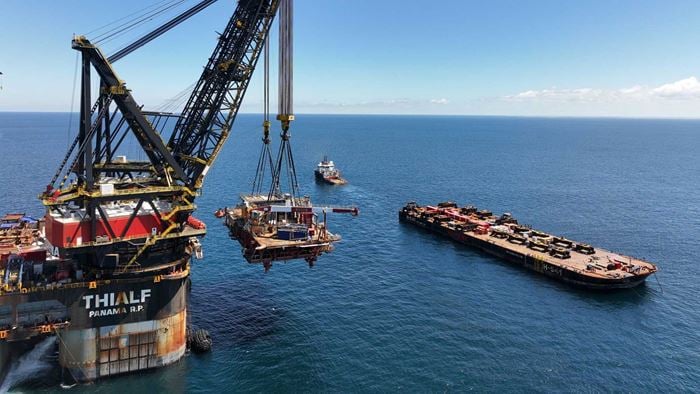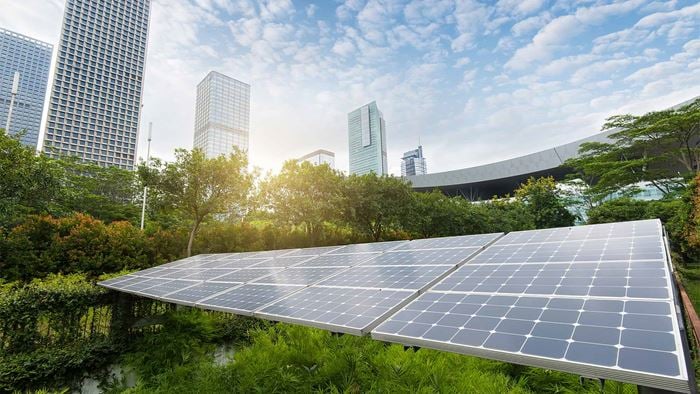Do you know what a wind farm really sounds like? Not many people do. Yet audible noise is one of the main reasons people object to wind farm developments in their communities. They’re often concerned because they’ve read negative stories about the impacts of wind turbine noise in the news media or on the internet, but unfortunately a lot of that information is just plain wrong.
So wouldn’t it be better if communities could make informed decisions about wind farm noise? We’ve just developed some fantastic auralisations of wind turbine noise that let people hear for themselves what proposed wind farms would really sound like. They do this by allowing us to play wind turbine noise that we have measured near a real wind farm at calibrated noise levels. Think of ‘auralisations’ as an aural (hearing) equivalent of visualisations – they are a very natural and intuitive way to understand the impact of noise, because you get to just listen to the sound.
Auralisations are a great way to overcome development issues, and allow people to listen to what the wind turbines sound like under a range of different conditions. We’re using auralisations in Arup’s SoundLab as part of the community consultation for Hydro Tasmania’s proposed 200-turbine TasWind wind farm at King Island. These are based on auralisations we have used to allow communities to listen to railway noise from the proposed High Speed 2 rail line in the UK.
The King Island SoundLab auralisations use recordings of noise from real wind turbines under different environmental conditions. Using special equipment, our team spent over two weeks in the field recording a range of turbine noise and background noise levels. It was difficult to do, but the results have been worth it.
We’ve been able to build up a library of different measured noise levels from turbines at a range of wind speeds, distances and directions. We can play these back, and mix and match the wind turbine noise recordings with different ambient noise conditions.
This means that people can hear and compare what the proposed wind farm will sound like on, for example, a windy day as opposed to a still day. They can experience the wind farm at its noisiest when high wind shear allows the turbines to turn in strong wind high up, while conditions at ground level remain still.
And the great thing about SoundLab is that it’s a totally transparent process – we simply play them the sound and allow them to make up their own minds, to draw their own conclusions. In my experience, people who hear for themselves what a wind farm will actually sound like are much less likely to object to it.
Well-organised, but misinformed opposition continues to threaten the viability of projects such as TasWind, which are crucial for achieving low-carbon and sustainable energy goals. For wind farm developers, and the communities they work in, auralisations can play a vital role in bridging the gap between the science of acoustics, and the reality of sound in the environment.
 ;
;




